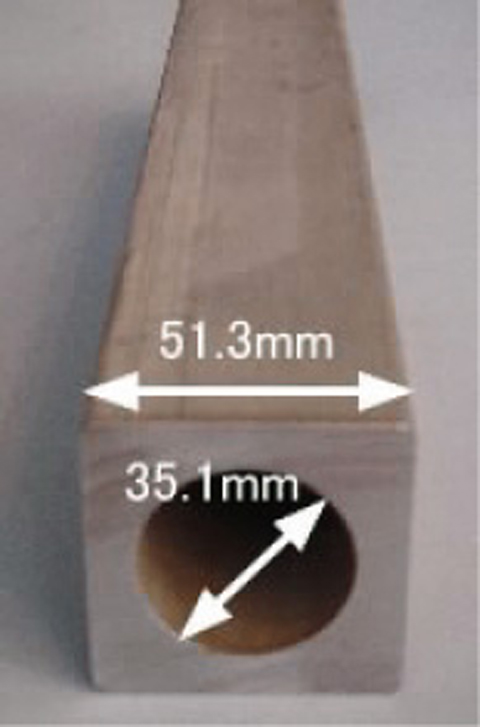Fig.3-24 Model coil to demonstrate the"ITER" Central Solenoid (CS) (left), schematic diagram of coil cross section (center) and superconducting conductor cable unit (right)

Fig.3-25 Photo of full size CS circle-in-square conduit made of improved JK2
We have developed a new stainless steel (SS) as a conduit material for the Central Solenoid (CS) conductor of "ITER" (Fig.3-24). Since a superconductor is brittle, it is required that niobium (Nb) and tin (Sn) are reacted to produce the superconductor Nb3Sn by heat treatment (HT) at 650°C×240 h after forming the conductors into a coil shape. The conduit should have high strength and toughness, but the toughness of conventional SS deteriorates under HT. In addition, the CS should be compressed by the SS structure from top and bottom at room temperature to support large electromagnetic forces. Therefore, the conduit should have lower thermal contraction coefficient than that of the SS structure, so as not to relax compression forces due to shrinkage during cooling of CS.
JK2 steel, developed by JAEA, has suitable strength (0.2% yield strength: 1000 MPa) and thermal expansion coefficient (2/3 of conventional SS) to be used as a conduit, but improvement of toughness after HT was required.
One idea to solve this problem was to reduce the precipitation at grain boundaries generated during HT, by adding boron (B) and reducing nitrogen (N) and carbon (C). To verify this idea, a JK2 samples with changed chemical composition were produced and mechanical tests were performed at 4 K. It was found that fracture toughness was increased by a factor of 2 in JK2 samples which have low C (less than 0.03%), low N (less than 0.2%) and adding B (10-40ppm), meeting the "ITER" requirement. In the trial conduit fabrication, the obtained dimension accuracy satisfied the "ITER" requirement (Fig.3-25).